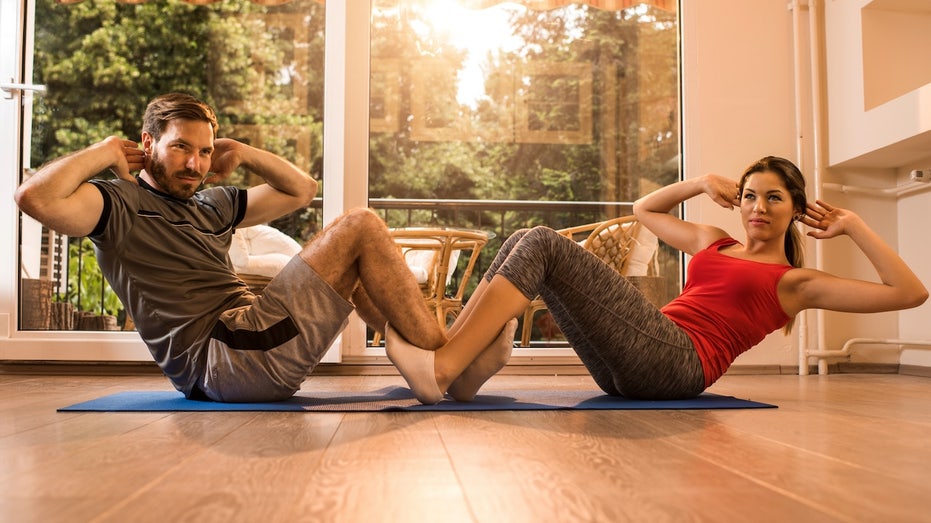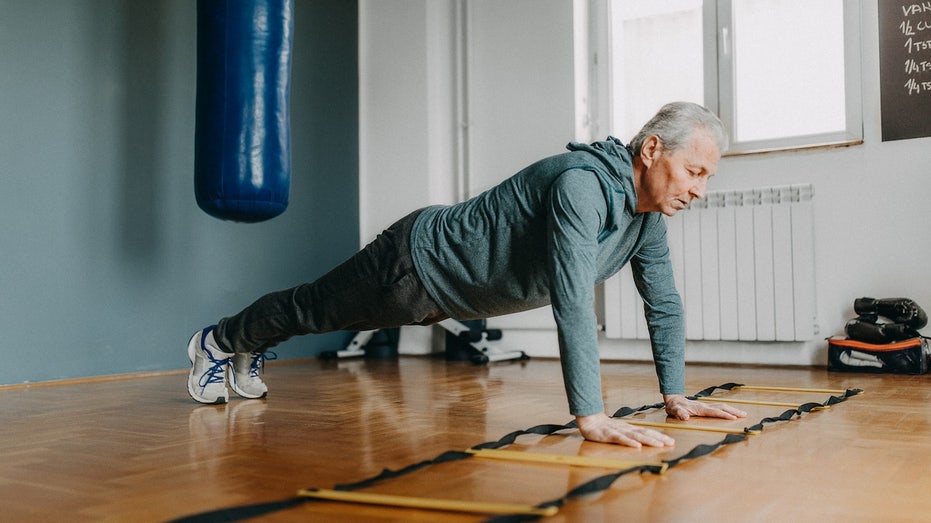Crunches by Age: How Many Should You Be Able to Do?

Sarah Johnson
April 4, 2025
Brief
Fitness experts share age-based crunch targets, the importance of core strength, and tips for beginners. Learn how many crunches you should aim for and improve your core safely.
How many crunches can you do? Well, if you’ve ever wondered how you measure up against others your age, fitness expert Joseph David has the answers. During a segment on "FOX & Friends," David presented a crunches challenge to the show's hosts, Brian Kilmeade and Lawrence Jones, who gamely tried their hand at crunches and sit-ups—Jones even added a 25-pound weight for extra flair.
David, a certified personal trainer with Life Time in New York, emphasized the importance of core strength, calling it the "base of everything." He explained, "The No. 1 thing you have to be able to do is pick yourself up, mentally and physically—so it starts with core." He added a helpful reminder: "Any movement is good movement."
Curious about where you stand? Here’s the breakdown David shared for crunch goals by age:
- 20s: 40–50 crunches
- 30s: 30–40 crunches
- 40s: 20–30 crunches
- 50s: 15–25 crunches
- 60+: 10–20 crunches
Celebrity trainer Kollins Ezekh chimed in, agreeing with the guidelines but stressing that fitness is highly individual. "There’s no magic number you ‘should’ be able to do based on age," he said. "If you can’t do that many yet, no worries—just focus on getting stronger over time." He reinforced the value of crunches, noting their role in keeping the core strong and stable. And let’s be real: no one wants to throw their back out picking up groceries.
Crunches aren’t just about chasing six-pack abs. Ezekh pointed out that a strong core improves posture, balance, and overall stability. "Whether you're walking, working out, or just sitting, your core muscles are engaged," he explained. "Weak core muscles force your back and other areas to pick up the slack, which can lead to pain or injury."
For those new to crunches, Ezekh recommended starting slow and focusing on form. "A lot of people make the mistake of yanking their neck or relying on momentum," he said. Instead, he suggested easier variations like partial crunches or bent-knee crunches, which are gentler on the back. "Start with just five to 10 crunches and build up as you get stronger," he advised.
And if crunches aren’t your thing just yet? Ezekh encouraged mixing in other core exercises like planks or pelvic tilts. "The goal is to stay consistent and gradually get better," he said. Wise words for anyone aiming to stay injury-free while working toward peak core strength.
Topics
Editor's Comments
Honestly, the whole age-based crunch count feels a bit like setting up a friendly competition at your local gym—or maybe just a way to guilt us all into stepping up our fitness game. But hey, at least Ezekh kept it real about fitness being personal and progress being key. Don’t sweat the numbers, folks. Just keep moving!
Like this article? Share it with your friends!
If you find this article interesting, feel free to share it with your friends!
Thank you for your support! Sharing is the greatest encouragement for us.



